The digital subsurface water-cooler
/Back in August 2016 I told you about the Software Underground, an informal, grass-roots community of people who are into rocks and computers. At its heart is a public Slack group (Slack is a bit like Yammer or Skype but much more awesome). At the time, the Underground had 130 members. This morning, we hit ten times that number: there are now 1300 enthusiasts in the Underground!
If you’re one of them, you already know that it’s easily the best place there is to find and chat to people who are involved in researching and applying machine learning in the subsurface — in geoscience, reservoir engineering, and enything else to do with the hard parts of the earth. And it’s not just about AI… it’s about data management, visualization, Python, and web applications. Here are some things that have been shared in the last 7 days:
News about the upcoming Software Underground hackathon in London.
A new Udacity course on TensorFlow.
Questions to ask when reviewing machine learning projects.
A Dockerfile to make installing Seismic Unix a snap.
Mark Zoback’s new geomechanics course.
It gets better. One of the most interesting conversations recently has been about starting a new online-only, open-access journal for the geeky side of geo. Look for the #journal channel.
Another emerging feature is the ‘real life’ meetup. Several social+science gatherings have happened recently in Aberdeen, Houston, and Calgary… and more are planned, check #meetups for details. If you’d like to organize a meetup where you live, Software Underground will support it financially.
We’ve also gained a website, softwareunderground.org, where you’ll find a link to sign-up in the Slack group, some recommended reading, and fantastic Software Underground T-shirts and mugs! There are also other ways to support the community with a subscription or sponsorship.
If you’ve been looking for the geeks, data-heads, coders and makers in geoscience and engineering, you’ve found them. It’s free to sign up — I hope we see you in there soon!
Slack has nice desktop, web and mobile clients. Check out all the channels — they are listed on the left:








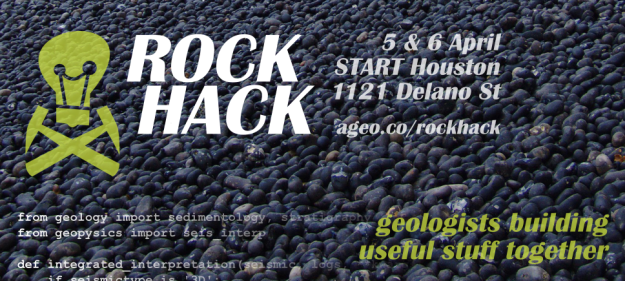
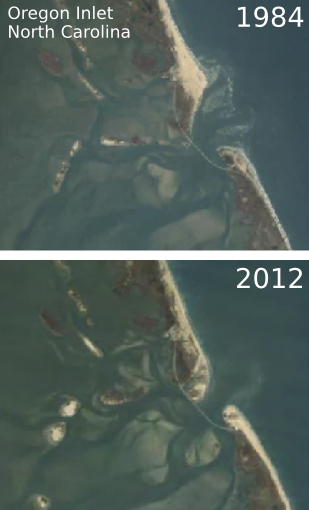

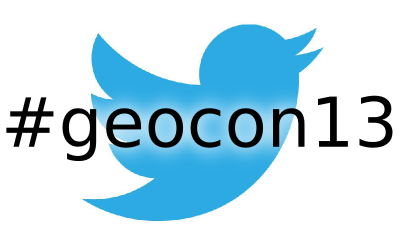

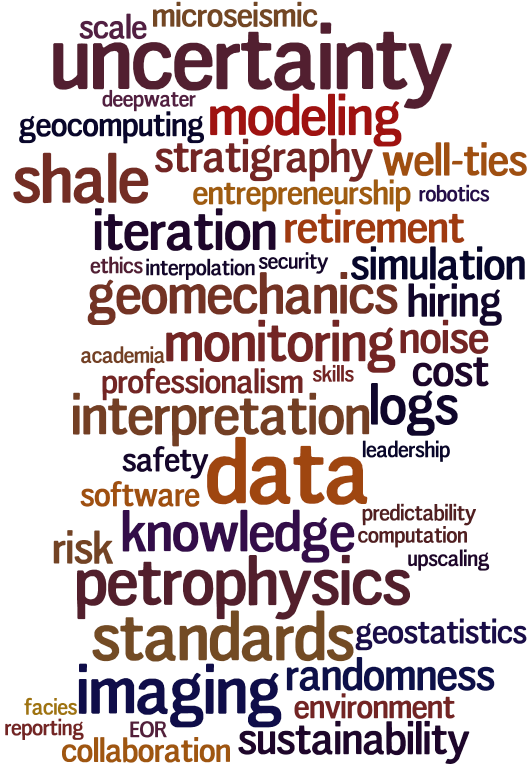

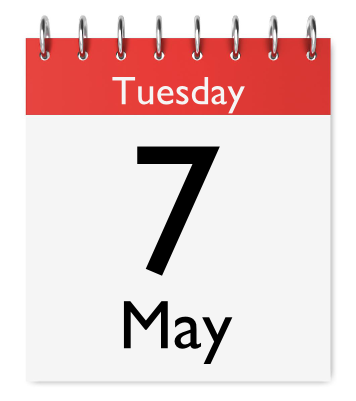
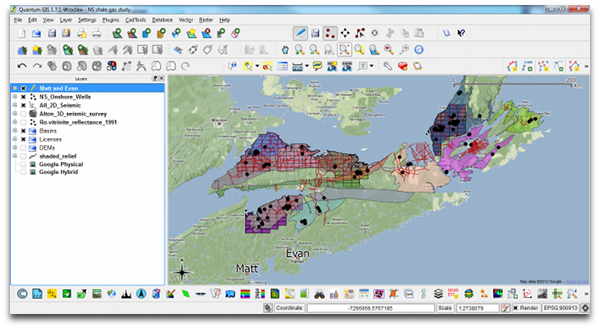






 Except where noted, this content is licensed
Except where noted, this content is licensed